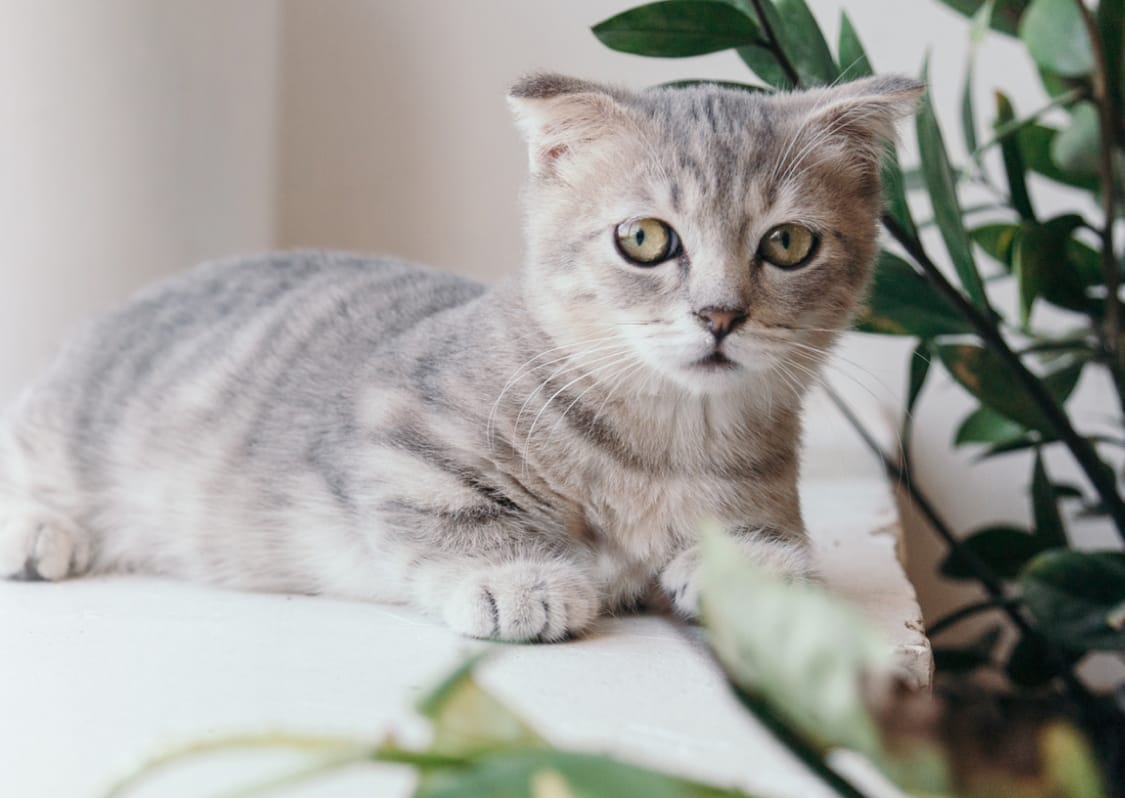
Kidney Disease in Cats
– Your Ultimate Guide
The signs of feline kidney disease won’t always be obvious – with PrettyLitter, you can rest easy knowing you’re doing everything you can to protect your furry friend.
Understanding Cat
Kidney Disease
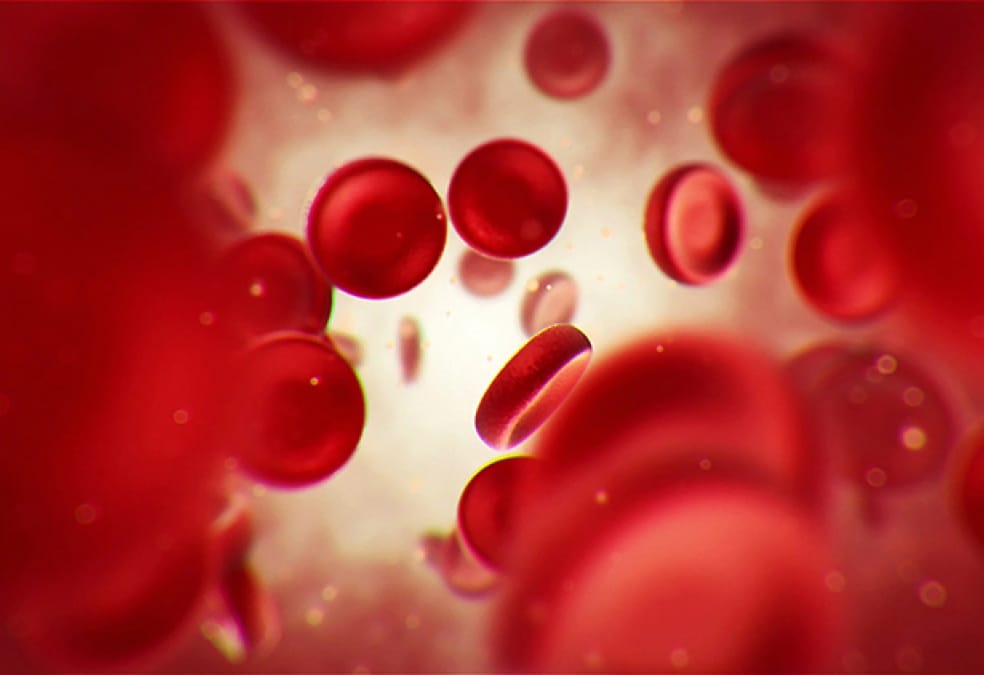
What is Cat Kidney Disease?
Your cat’s kidneys help him or her stay healthy by managing your cat’s blood pressure, stimulating red blood cell production, removing waste from the blood, and making important hormones. Kidney disease hinders these important functions and can negatively impact your cat’s well-being. Cat kidney disease takes form in two distinct ways:
Acute Renal Failure Chronic Kidney Disease (CKD)
How to Spot Kidney
Disease in Cats
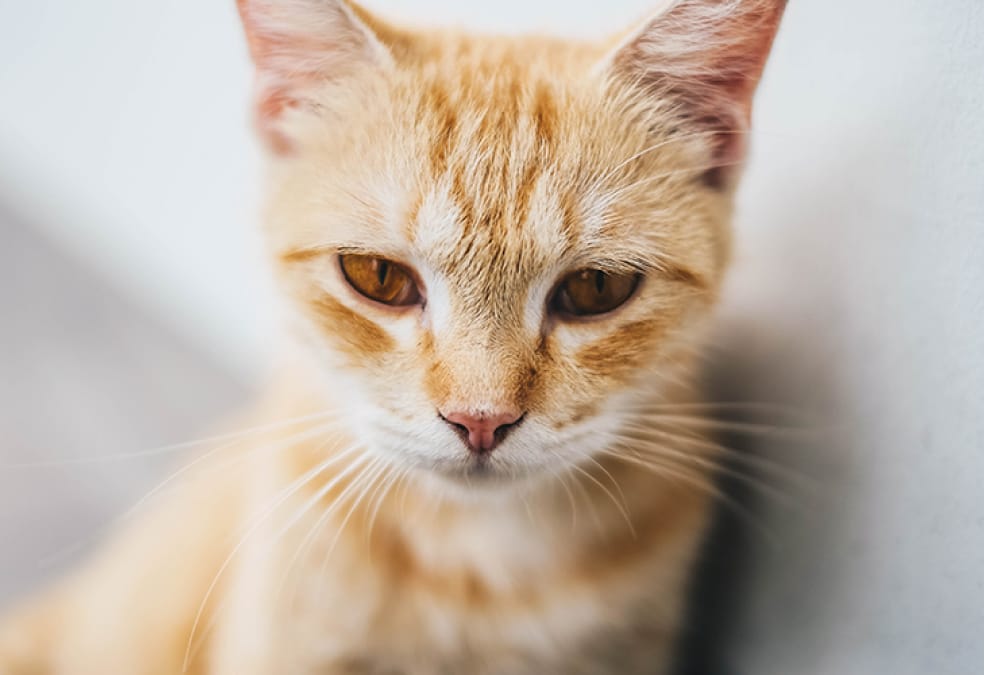
Kidney failure—especially CDK, which develops slowly over time—is not always immediately detectable. But paying attention to the warning signs can help you gauge your kitty’s health along the way.
Some warning signs include:
What Causes Kidney
Disease in Cats?
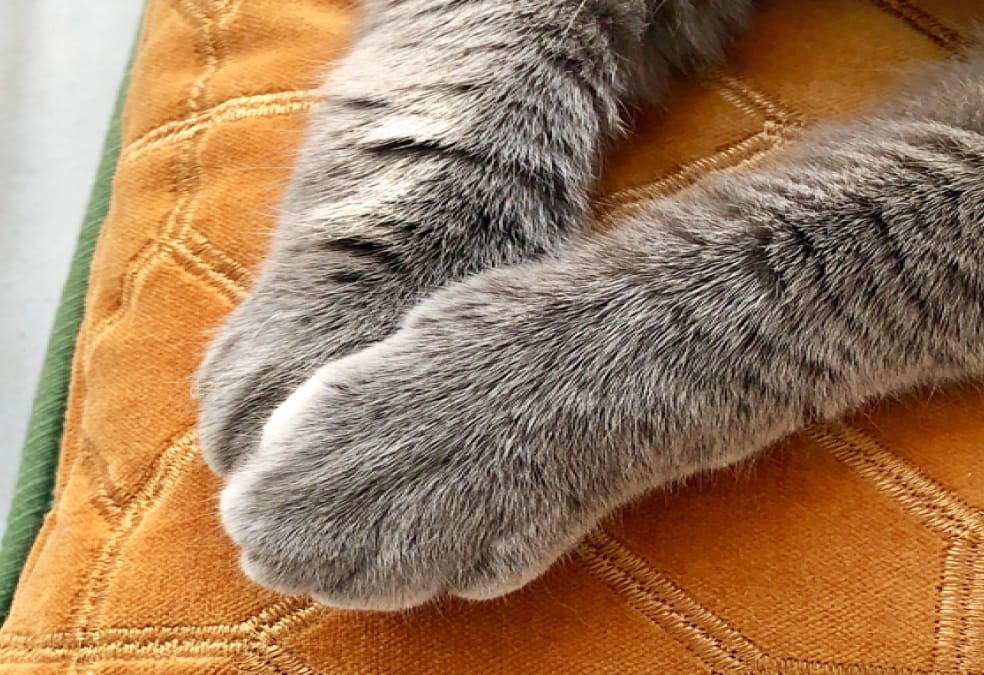
The acute and chronic versions of kidney disease have drastically different causes, but both are the end result of damage to and dysfunction of the nephrons—the tiny tubes that comprise the kidney’s filtering system.
In Acute Renal Failure, the nephron damage happens very quickly due to ingestion of a poison or chemical, heart failure, bacterial infection, etc. The remaining healthy nephrons are unable to compensate for the sudden loss of function, which precipitates total kidney failure.
With Chronic Kidney Disease, on the other hand, the damage builds up slowly, until too many nephrons stop working and the kidneys lose function altogether. This is often the result of slowly developing conditions, such as an autoimmune disorder—in which a cat’s body attacks its own healthy organs— or kidney cysts—which slowly grow to destroy the tissue.
How Kidney Disease
is Diagnosed in Cats
Veterinarians use a combination of tests to diagnose kidney disease in cats. These may include:
- Blood Tests - To check for elevated creatinine and blood urea nitrogen (BUN) levels, which indicate kidney function.
- Urinalysis - To assess urine concentration and detect abnormalities like protein or blood.
- Imaging - Ultrasound or X-rays to evaluate kidney size, shape, and any visible damage.
- SDMA Test - A newer blood test that detects kidney disease earlier than traditional methods.
How to Prevent Kidney
Disease in Cats?
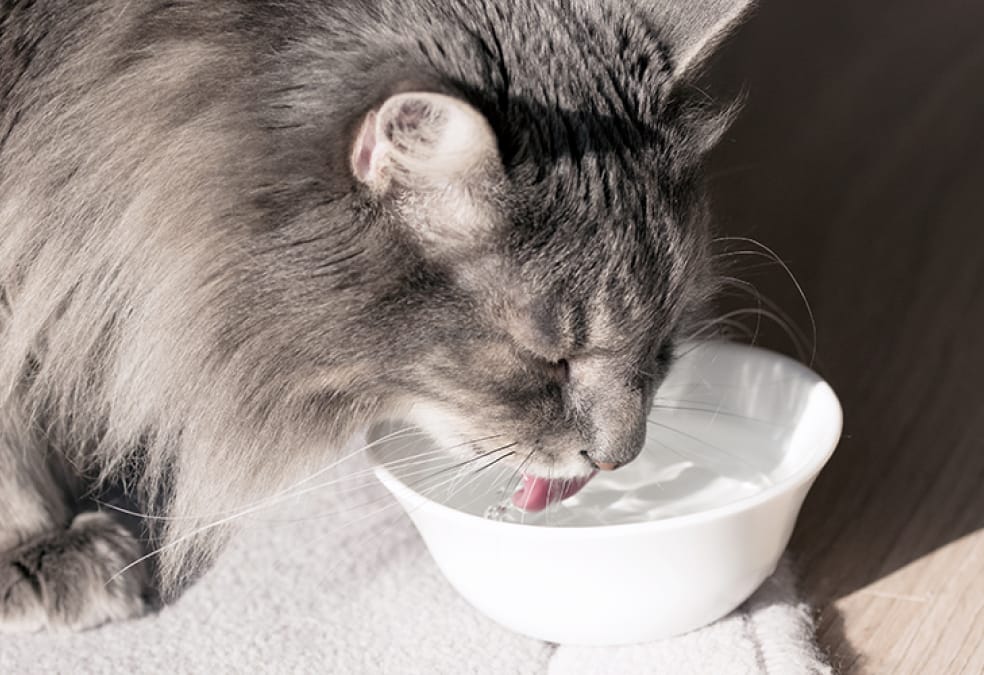
There are ways to help slow or mitigate the potential onset of this condition and keep your cat as healthy as possible for all nine lives:
Proper Diet
Feed your cat moisture-rich, balanced, and healthy meals.
Hydration
Supply your cat with a constant stream of fresh drinking water.
Healthy Lifestyle
Help your cat maintain a healthy weight to avoid obesity and diabetes, which can be linked to kidney failure.
Standard Check-Ups
Bring your kitty to the vet twice a year.
Stay Vigilant
Use PrettyLitter’s smart technology to check for blood and monitor your cat’s pH balance.
How PrettyLitter Can Help
Monitor Your Cat’s Kidney Health
PrettyLitter’s color-changing technology offers a simple way to potentially detect early signs of kidney issues. Our crystals change color to alert you to possible blood, abnormal pH levels, or other health indicators. This allows for quicker vet intervention, potentially improving outcomes for your feline friend.
Frequently Asked
Questions
Cats with chronic kidney disease, on the other hand, can live long and happy lives if the disease is managed properly. The sooner you notice the signs, the better care you can take to slow their kidney failure and prolong their life—that’s why health-monitoring litter like PrettyLitter can make a world of difference.
- Supporting – Managing or eliminating pain.
- Slowing – Mitigating further progression of renal failure.
In consultation with your veterinarian, this care may include:
- A gradual transition to a healthy, balanced diet.
- Increased water intake, facilitated by constantly refilling water bowls or using a continually flowing pet fountain.
- Veterinarian-prescribed medications.
You can find kidney support cat food that consist of:
- Moderate dietary protein
- Low sodium and phosphorus content
- High omega-3 fatty acid levels
- Increased water content, readily available in canned food
- Acute renal failure may be reversible with early detection and aggressive intervention methods.
- Chronic kidney disease, unfortunately, has no cure But there are many effective treatments and lifestyle changes that can significantly prolong and improve your feline’s life.
- Older cats, age seven and onward
- Certain breeds, including Persian, Siamese, Ragdoll, and Maine Coon
- Cats with pre-existing health conditions such as cardiac diseases, hyperthyroidism, and diabetes.
Additional factors that can increase the chance of cat kidney disease include:
- Diets consisting of low potassium, or high phosphorus and protein.
- Acute renal injuries that damage the kidneys long-term.
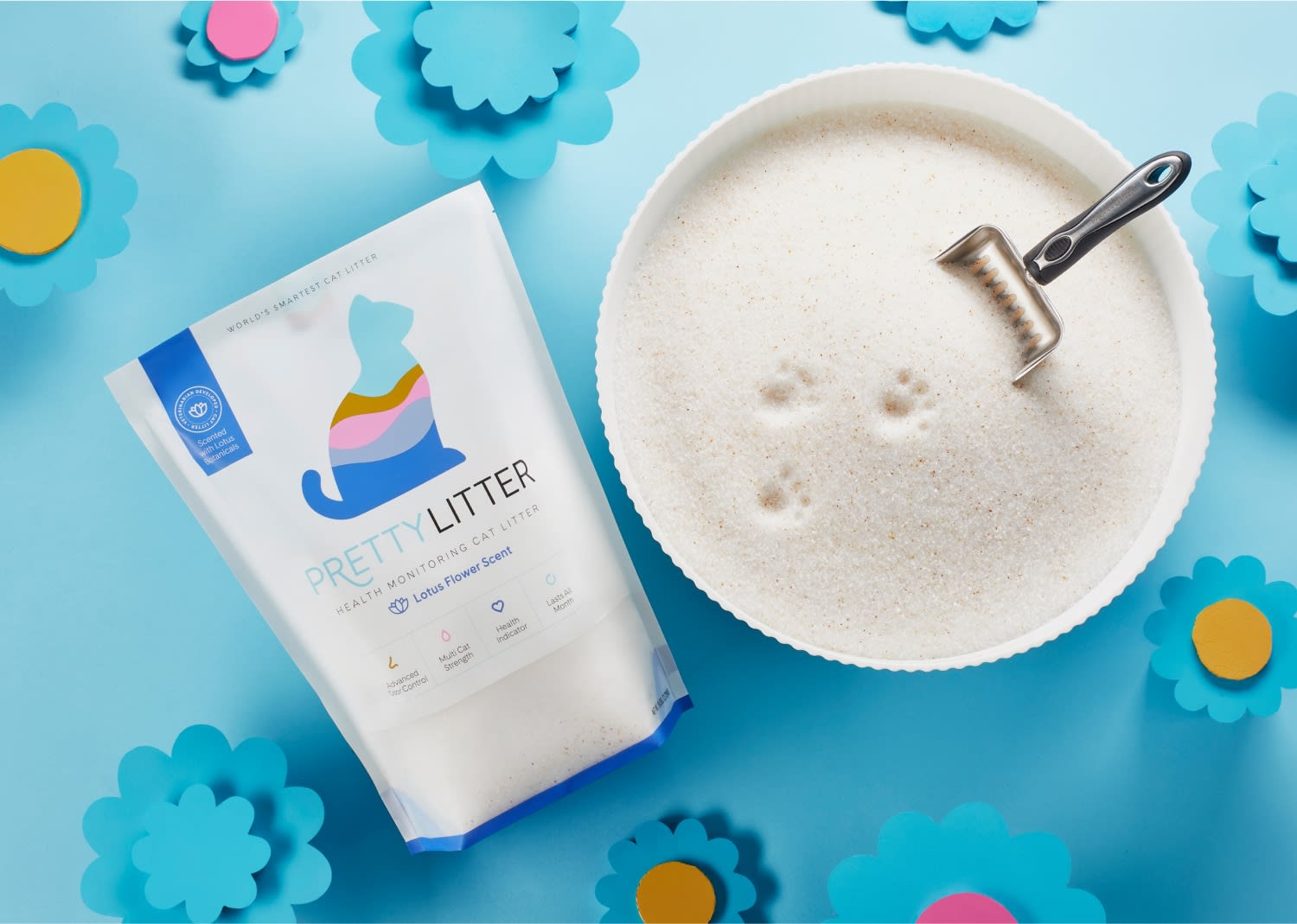
See The Signs of Kidney Disease Sooner with PrettyLitter
When it comes to cat kidney disease, early detection is everything—it’s for reasons like this that we made PrettyLitter in the first place. Our color-changing smart technology alerts you to potential health issues, including the early symptoms of kidney failure.
Your fur baby deserves every advantage in the world — that starts with PrettyLitter.
Staying On Top Of Your
Cat’s Health
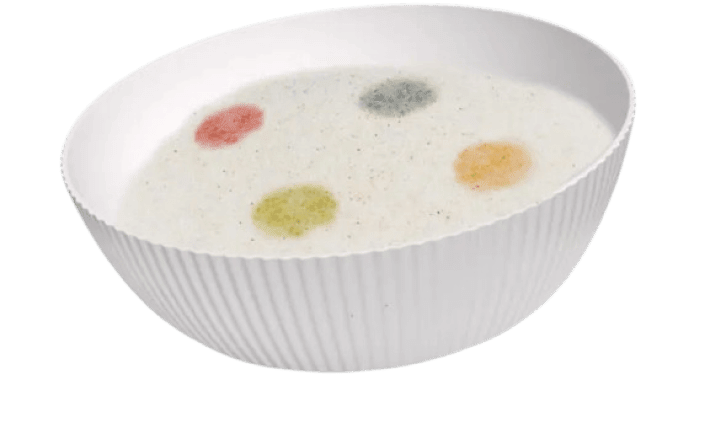
Red
Visible presence of blood, which may indicate Feline Lower Urinary Tract Disorder (FLUTD), bladder stones/crystals, kidney stones, bladder inflammation, certain types of kidney disease and clotting disorders.
Blue / Dark Green
Alkalinity outside of the average range may be present if your cat has certain types of urinary tract infections. Highly alkaline urine can increase the risk of struvite crystal/stone formation.
Typical
Dark yellow / olive green indicates urine within a typical, healthy range.
Orange
Acidity outside the average range, which may be a sign of metabolic acidosis or kidney tubular acidosis. Calcium oxalate crystals can be more likely to form in acidic urine.
Staying On Top Of Your
Cat’s Health

Click on a color see what it means
Typical
Dark yellow / olive green indicates urine within a typical, healthy range.
Blue / Dark Green
Alkalinity outside of the average range may be present if your cat has certain types of urinary tract infections. Highly alkaline urine can increase the risk of struvite crystal/stone formation.
Orange
Acidity outside the average range, which may be a sign of metabolic acidosis or kidney tubular acidosis. Calcium oxalate crystals can be more likely to form in acidic urine.
Red
Visible presence of blood, which may indicate Feline Lower Urinary Tract Disorder (FLUTD), bladder stones/crystals, kidney stones, bladder inflammation, certain types of kidney disease and clotting disorders.